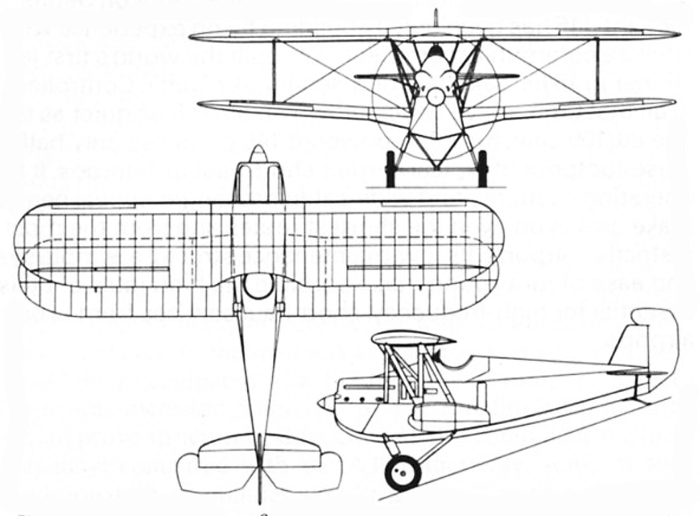Experimental Type-H Carrier Fighter (HD 23) Hispano-Suiza
History:
In April 1926, the Japanese Navy requested design proposals from Mitsubishi, Nakajima, and Aichi for the development of a new carrier-based fighter to replace the Mitsubishi Type 10 Carrier Fighters, which had been the world’s first aircraft built specifically for carrier operations. The Type 10 had first served aboard the Hosho. Aichi turned to the German aircraft designer Heinkel, who built two prototypes for this requirement—the HD 23.
One prototype was powered by a 500hp BMW VIA engine, and the other by a 450hp Hispano-Suiza engine. By the summer of 1927, both aircraft were shipped to Japan, where they underwent flight testing at Kagamigahara (Gifu Air Base, north of Nagoya) in December, with Aichi’s test pilot Kanekichi Yokoyama. The Japanese Navy conducted additional tests, which led to modifications incorporated by engineer Tetsuo Miki.
The final design featured several innovative solutions, including jettisonable landing gear for safer emergency sea landings and a device that stopped the propeller in a horizontal position to allow for easier water landings. The fuselage and wing leading edges were also relatively watertight to improve buoyancy. Movable wing slats helped reduce landing distances from 160m (525ft) to 130m (426ft).
However, despite these innovations, the HD 23 had significant problems. It was overweight and unstable, particularly when landing, due to being nose-heavy. This made it difficult to perform the required three-point landings on carriers, and the overall maneuverability of the aircraft was poor. Ultimately, further development of the HD 23 was terminated, and the lightweight Nakajima Type G, a modified version of the British Gloster Gambet, was chosen instead. This became the Type 3 Carrier Fighter, though it lacked the safety features of the HD 23.
Specifications:
- Role: Single-engine biplane carrier-based fighter
- Structure: Wooden frame with metal tail structure, mixed fabric and plywood covering, open cockpit
- Engines:
- Hispano-Suiza 12Ha, 450hp (12-cylinder, V water-cooled engine)
- Armament:
- Two forward-firing 7.7mm machine guns
- Two 30kg (66lb) bombs
- Dimensions:
- Wingspan: 10.80m (35ft 5¼in)
- Length: 7.64m (25ft 1in)
- Height: 3.40m (11ft 2in)
- Wing area: 35.32sq m (380.19sq ft)
- Weights:
- Empty: 1,275kg (2,101lb) with Hispano-Suiza
- Loaded: 1,830kg (4,034lb) with Hispano-Suiza
- Performance:
- Maximum speed: 135kt (155mph) at sea level
- Cruising speed: 90kt (104mph) at 1,000m (3,280ft)
- Minimum speed: 35kt (40mph) at 1,000m
- Climb rate: 7min 36sec to 3,000m (9,843ft)
- Service ceiling: 6,250m (20,505ft)
- Wing loading: 51.9kg/sq m (10.63lb/sq ft)
- Power loading: 4.06kg/hp (8.9lb/hp)
Pictures of Specifications:
Spoiler


Produced: Two prototypes, built in 1927.
More pictures:
Spoiler




Sources:
- Heinkel / Aichi HD 23: Photos, History, Specification
- Japanese Aircraft, 1910-1941 (Putnam Aeronautical Books): Mikesh, Robert, Abe, Shorzoe: 9781557505637: Amazon.com: Books
- Heinkel HD 23 — Wiki. Леста Игры
- Yes
- No
- Other (Leave in the comments)
